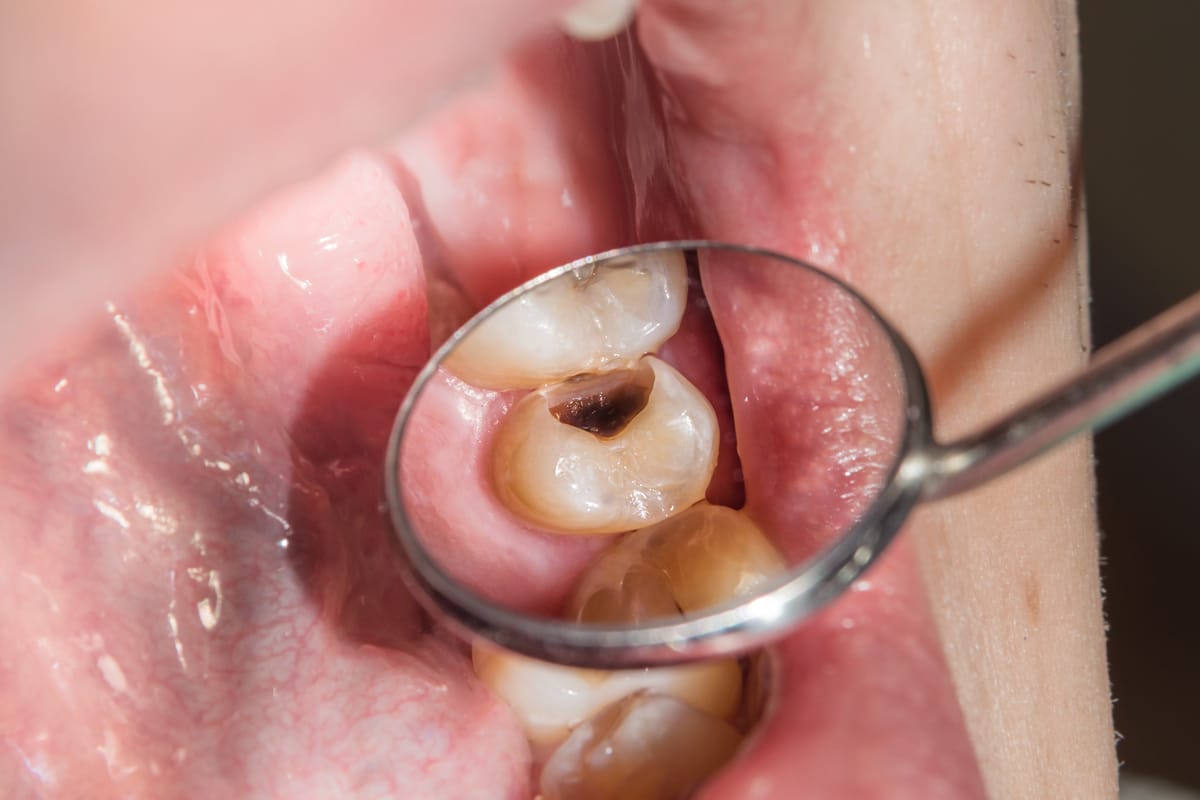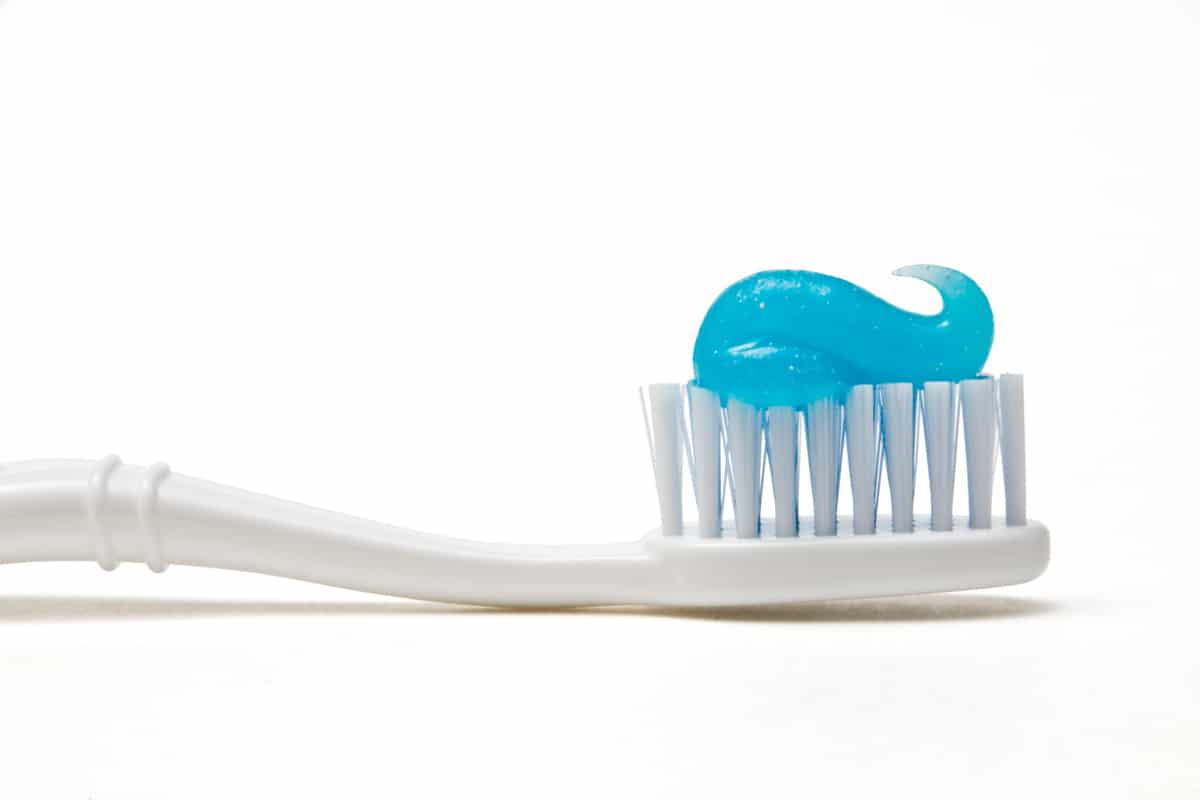Current Concepts in Caries Prevention
Dental caries is a national and global public health epidemic, affecting both children and adults from all races, ethnicities, and socioeconomic levels. Oral health professionals, as well as medical providers, play critical roles in identifying high-risk behaviors and providing patient-specific education and counseling to improve prevention rates. See how familiar you are with strategies for caries prevention.








What about adults that are high risk? Should fluoride be provided to all despite the risk?
sad the Silver Diamine Fluoride was overlooked and included in this article. It really is the most effective way to arrest caries prevent more from starting. Perhaps another more up to date article should be written.
Thank you so much